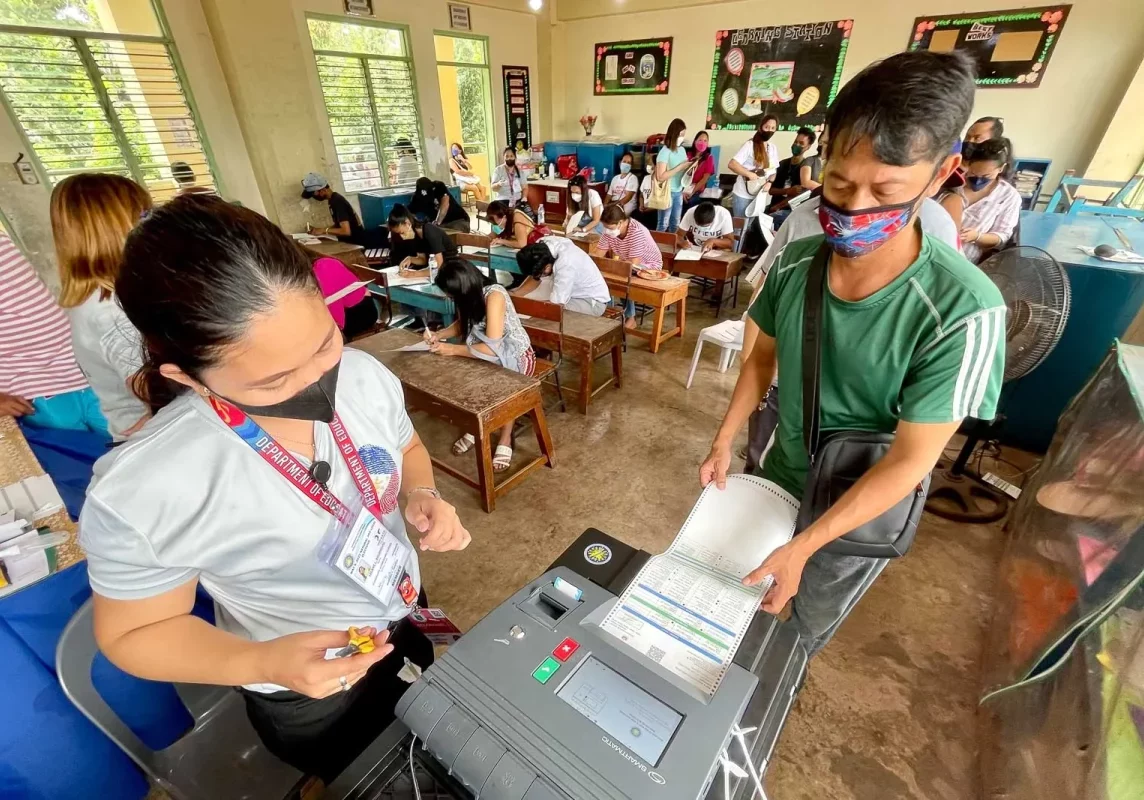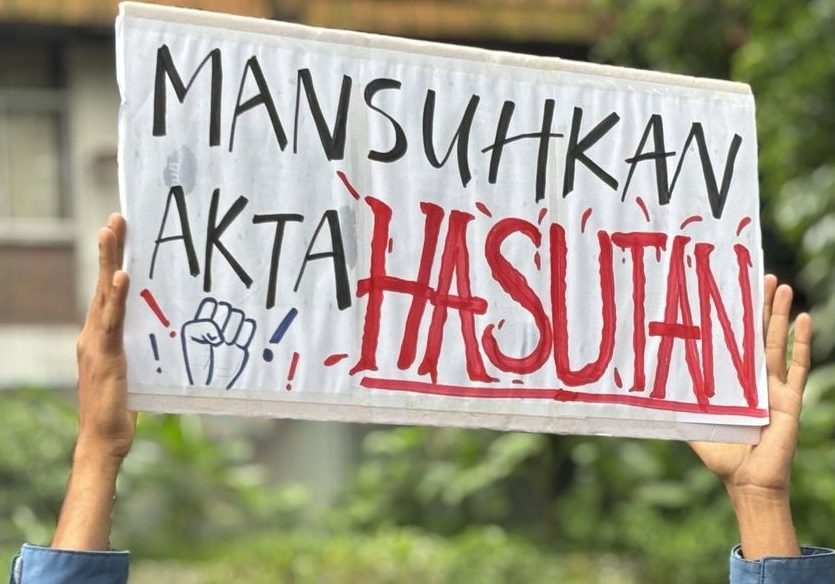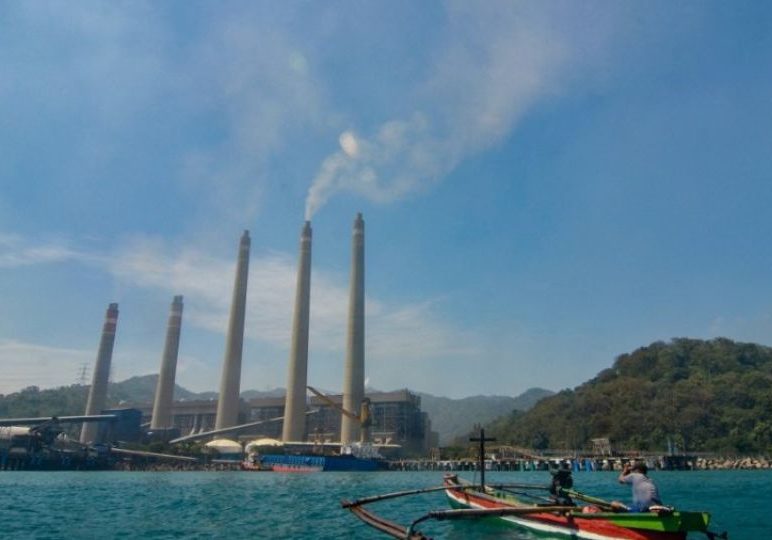Share
In 2021, Southeast Asia faced significant natural disasters, including Hurricane Odette and Typhoon Rai in the Philippines, resulting in over 200 deaths, and major floods in eight Malaysian states. Indonesia is grappling with extreme heat waves forecasted until 2052, leading to increased forest fires and the risk of drought, impacting agricultural production. Additionally, Indonesia faces a 19-37% increase in sea level rise and coastal flooding from 2000 to 2030, highlighting the severe impacts of climate change that threatens development progress and could exacerbate global inequality.
Addressing this, climate finance becomes crucial for developing countries to adapt and mitigate climate change effects. Over a decade ago, developed nations pledged $100 billion annually by 2020 for this purpose, as part of the Paris Agreement. However, by COP 26 in November 2021, this goal appeared unmet, with rich countries projected to allocate only between $93 billion and $95 billion annually by 2025. The shortfall forces vulnerable countries to rely on loans for climate resilience, increasing their debt burden and complicating transformative climate action. Most climate finance to Least Developed Countries (LDCs) and Small Island Developing States (SIDS) during 2017-2018 was in loans, not grants.
The report emphasizes that developing nations should not bear the debt to offset excess emissions from wealthier countries. It calls for fulfilling the $100 billion climate finance commitment and improving the finance mechanisms for fairness, effectiveness, transparency, and accountability, crucial for enabling poor countries to reduce emissions and undertake significant climate actions






